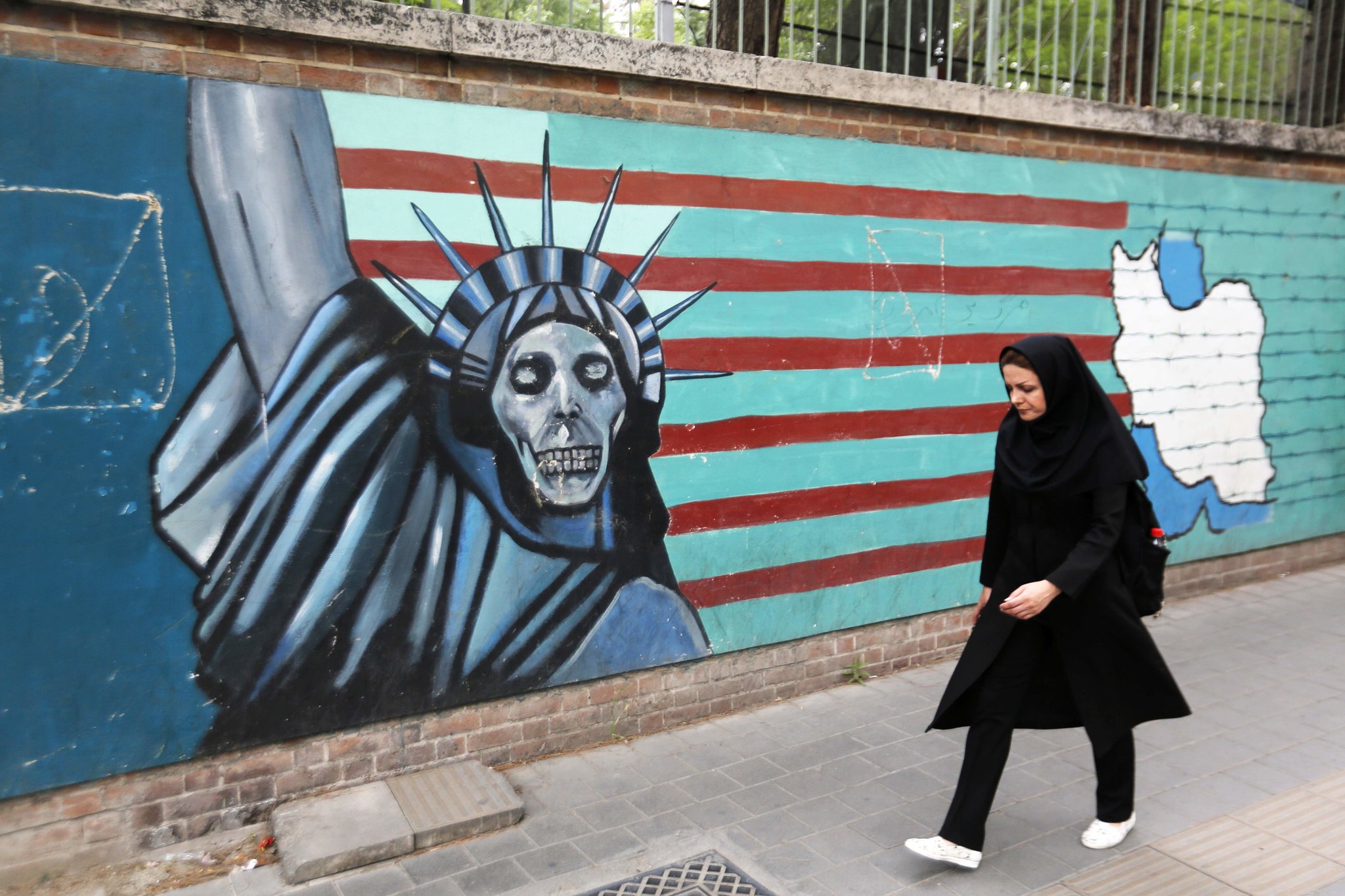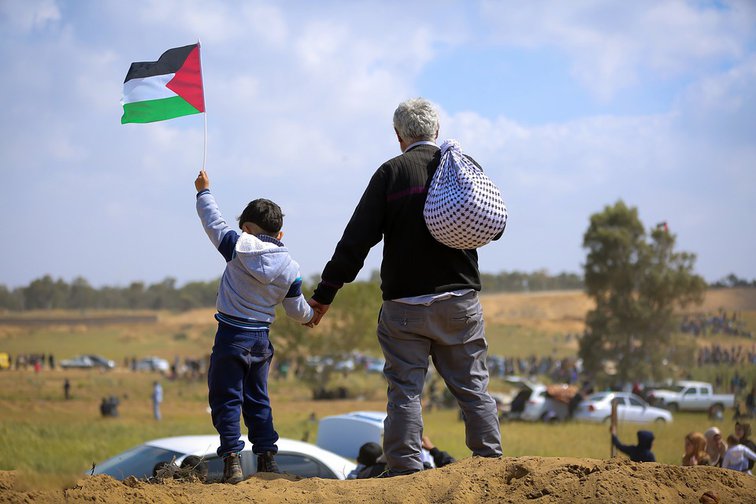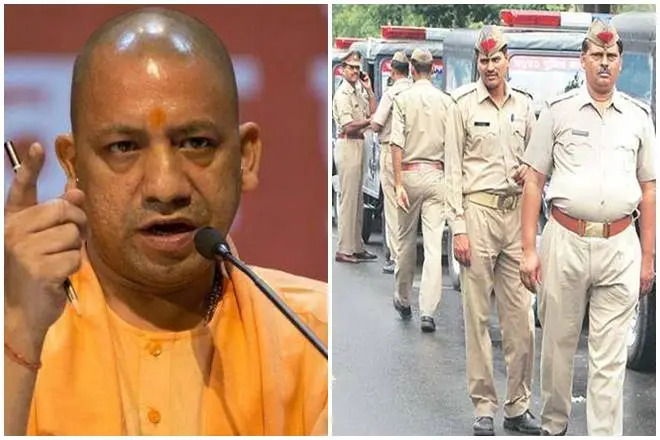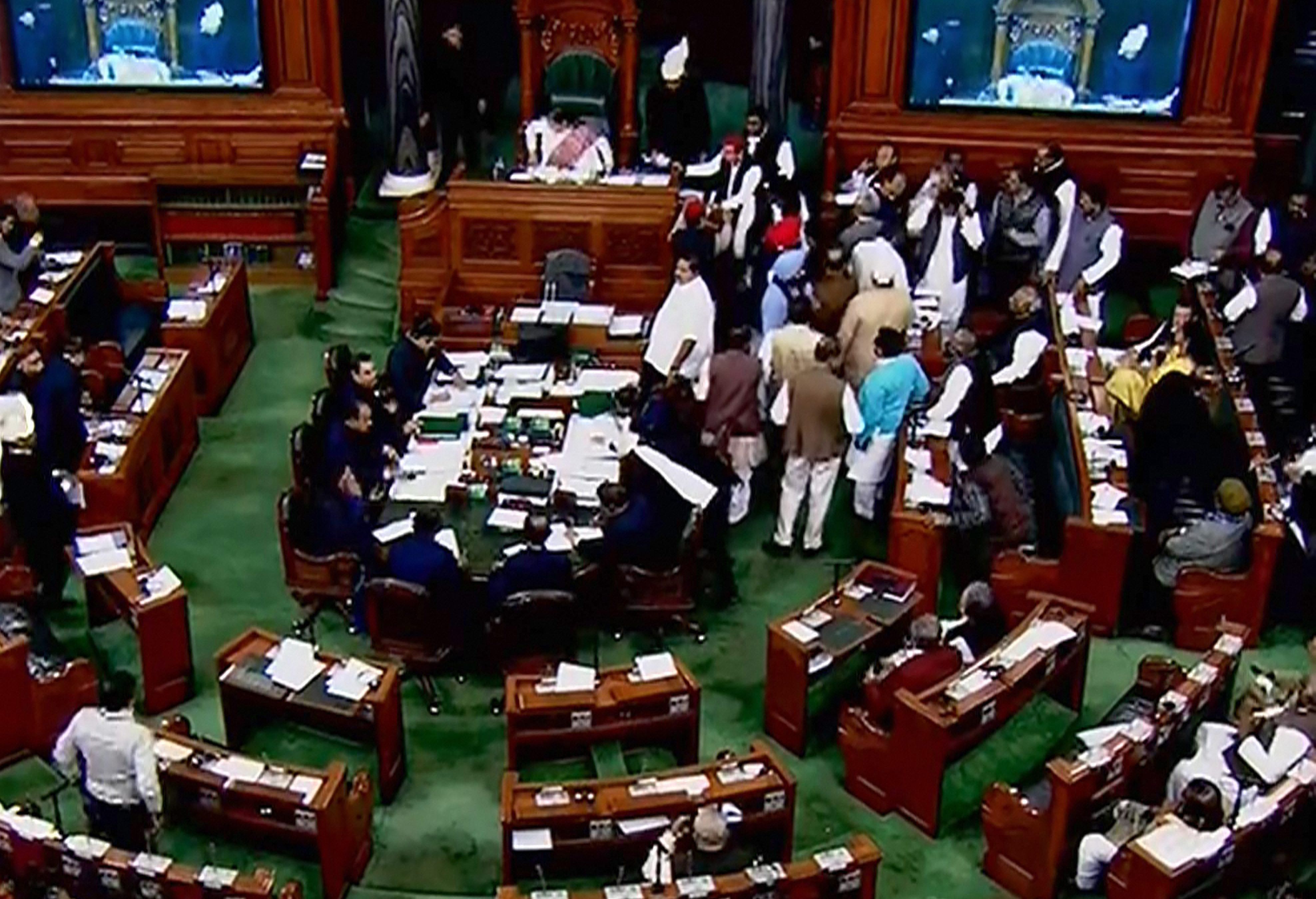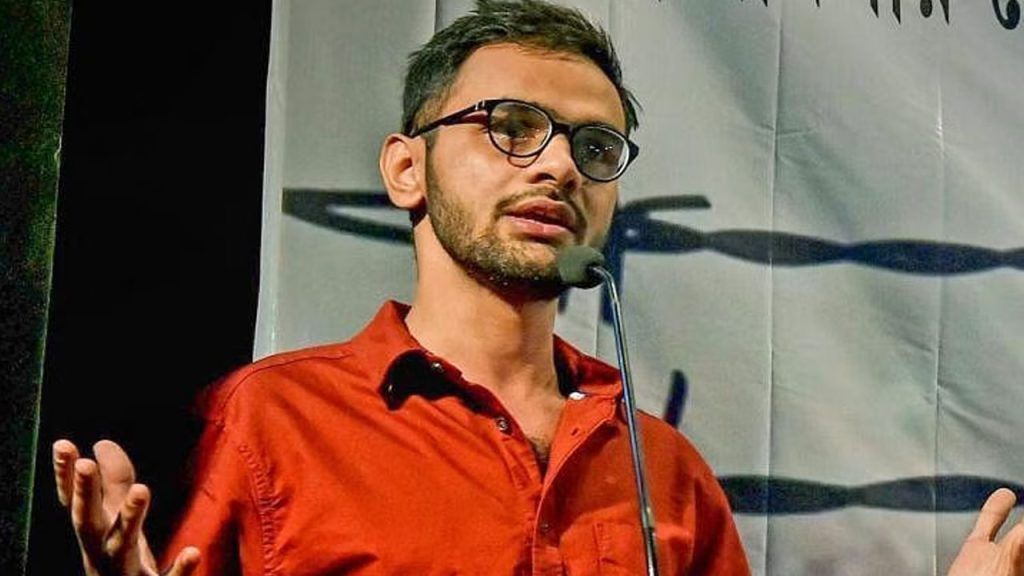In the part of the world considered to be the West, multiculturalism initially originated in the nineteenth century in the American context. Even then it was a broad phrase that was difficult to define since it has descriptive, strategic, and normative connotations. This discussion to this date still often pops up in political debates and government gatherings in Europe aimed at discussing what all things should be considered to encompass it. However, the generic definition refers to a society’s cultural, ethnic, and religious variety on an empirical level and clearly differs from monoculturalism or the presence of only one culture in a society. To understand the crises of multiculturalism in Europe, its important to understand generic meaning of multiculturalism.
Terence Turner, an anthropologist at the University of Chicago attempts to define multiculturalism in his 1993 essay in the following terms:
“In calling for the formal equality of all cultures within the purview of the state and its educational system, multiculturalism represents a demand for the dissociation (decentering) of the political community and its common social institutions from identification with any one cultural tradition.” (Turner)
Unlike other western countries such as the United States, Australia, and Canada, European countries were not very quick to welcome cultural diversity until the late twentieth century. Even the contemporary reality of Europe, keeping in view particular incidents like hate crimes in places like London and Germany against Muslims to the passing of laws such as the veil ban in France; dictates a crises of multiculturalism in Europe.
Read here, The Scope of inter-religious pluralism within Islam
When did European Nations Embrace Multiculturalism?
It is a widely held belief that European nations did not outrightly embrace multiculturalism until the late twentieth century. And that it was specifically the post-war immigration and country-specific measures to integrate incoming immigrants seeking asylum in Europe that preceded this newly approved transformation. As a result, when considering crises of multiculturalism in Europe, multicultural policies and in fact understanding this colossal concept in its entirety are almost always limited to the integration of immigrants who arrived during the post-war wave of migration.
The tense relationship that Europeans have with religiously and ethnically diverse minorities, notably Muslim immigrants, is at the center of both national and international discussions and disputes.
These current disputes and the debatable state of Muslim minorities in Europe, however, cannot be understood in isolation solely from the point of view of the present migrant or refugee crisis.
Even before the tragic 9/11 attacks or attacks in other parts of Europe like the London bombings on 7 July 2005 referred to as 7/7, ethnic and religious conflicts had already begun to prompt a reconsideration of multiculturalism as a sustainable ideology for Europe.
Multiculturalism, on the other hand, has become ingrained in most European countries’ daily lives and it won’t be incorrect to say that it cannot possibly be entirely reversed. However, issues arising at both the institutional and decision-making levels, as well as on the societal level through general public opinion, have made daily life more difficult for Muslims of various ethnocultural groups who are either living or wish to live their lives according to their religious and cultural traditions.
Also, read Communalism and Economic Marginalisation of Muslims
The question of Muslim migration in Europe
Europe has seen a record surge of asylum seekers from countries that are predominantly Muslim in recent years. This influx of Muslim migrants has sparked a huge debate in some nations concerning immigration and security policy, as well as concerns about the existing and future numbers of Muslims in Europe. The crises of multiculturalism in Europe is dictated to a very large extent by the question of the Muslim migration. Migration has been a contentious subject almost since the time of its inception.
But the more intriguing debate around the question of migration is always the largest influx of Muslim migrants. However, it is important to understand the history of Muslim migration in Europe. There are primarily two reasons why Muslim migrants were coming to Europe in large numbers and at a fast pace.
The first reason was the economic migration of Muslims from third-world countries in search of jobs and earning opportunities. The second reason was the numerous and continuous wars in predominately Muslim nations that pushed the fleeing Muslims to migrate to Europe.
Read here, Islamic Democracy: Is Democracy Compatible with Islam?
Economic migration of Muslims from third-world countries
Those who had previously left their nations in quest of work, social benefits, and greater earnings were the earlier migrants. The vast majority of these first-generation migrants arrived from third-world countries in the 1950s and 60s when they were young and looking for work. They had no intention of settling permanently, rather they only planned to come to earn enough money to save in order to send it back home. These migrants rarely got white-collar jobs and usually were restricted to doing manual work in factories and industries regarded as the “unprofessional work sector”.
Overall, these migrants helped towards the economic prosperity of many European countries by building railroads and roads, cleaning and maintaining the streets, government, and private offices, working in coal mines and industries, and taking up occupations that Europeans were unwilling to do themselves.
In Western Europe, there was no “migrant crisis” till then and, by extension, no “Muslim migration influx” until 1970 as such. In public spaces, migrants were mainly unnoticed, and Europeans were not only insensitive but indifferent to them. These migrants did not explicitly exhibit any radical or specific religious obligations, nor did they demand any space for it, since they did not want to dwell permanently in Europe.
Muslim migrants were not explicitly discriminated against or prejudiced due to their identity because they contributed to the well-being of European societies. While there was classism as well as racism, there was no manifestation of anything that would be recognized as Islamophobia. In short, migration was regarded as a benefit rather than a burden, and even less so as a threat.
Read here, The Forgotten Jammu Massacre
Muslims fleeing war and conflict in predominantly Muslim Nations
The second reason for the Muslim migrant influx in Europe is people fleeing war and conflict zones. Millions of people have been forced to escape their homes around the Muslim world due to a variety of such factors, including interstate conflicts, civil wars, US-led military campaigns in Afghanistan and Iraq, in addition to a variety of other natural calamities like earthquakes and Tsunamis. Many people have crossed national boundaries and are now living as refugees in neighboring nations. Most of these migrants however preferred to go to European countries in search of asylum and larger educational and earning opportunities, but besides everything for a safe war-free environment.
While fleeing war and death in their own countries millions of Muslim migrants are still in limbo waiting for confirmation on whether they can make stable lives for themselves in European countries. However, many of the migrant Muslims who were seeking asylum in Europe and did actually manage to get in are still unsure if they can call Europe their home.
Despite the fact that the Muslim migrants were escaping war, they were later subjected to intolerance, discrimination, and violence in the countries in which they sought refuge.
Since, unlike the earlier economic migrants, these migrant Muslims came to Europe looking for a place to call home, they were exhibiting their religious identity in public, and it did not settle well with the Europeans this time. These Muslims living in Europe were started to be seen as outcasts based on the visibility of their “Muslimness’. Any outward display of Islam like the wearing of a hijab by Muslim women or the growing of a beard and wearing a skull cap by Muslim men started to be seen with contempt and resulted in the phenomenon of Islamophobia. While the roots of Islamophobia are widely contested, it only came to be recognized as an existing phenomenon around this time.
Also, read How Practical is the Secular Democracy of India? Curbing of Religious Freedom in Kashmir
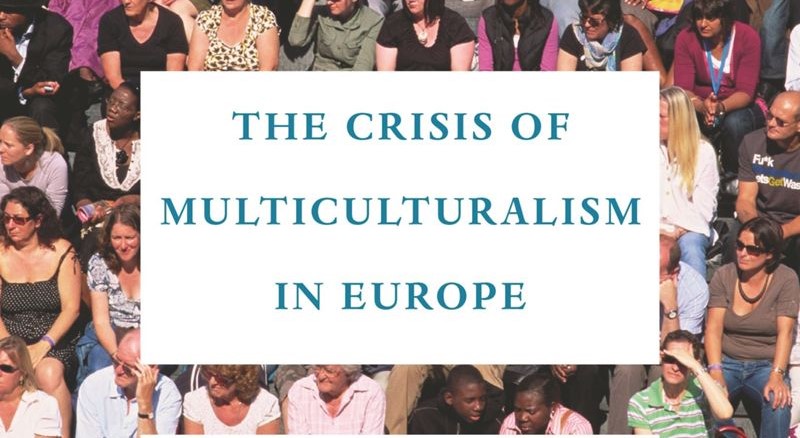

 Featured2 years ago
Featured2 years ago
 Featured3 years ago
Featured3 years ago
 Featured2 years ago
Featured2 years ago
 Featured4 years ago
Featured4 years ago
 Featured3 years ago
Featured3 years ago
 Featured5 years ago
Featured5 years ago
 Featured2 years ago
Featured2 years ago
 Featured3 years ago
Featured3 years ago
